Although dogs are creatures that love freedom, and even more than that, to be in a warm home with their loved ones, we can still see many canines tied to a fence nowadays.
The rescuers from Howl Of A Dog encountered exactly such a sad situation when they saw a poor four-year-old German Shepherd mix tied up in front of a house.
They immediately found the owner of the house, but he told them that it was not his dog but a stray and that he appeared there two months ago. He also said that he was forced to tie him up because he was afraid the dog would chase his livestock.
However, after they checked this dog, the rescuers realized that the truth was a little different.
Sad Realization
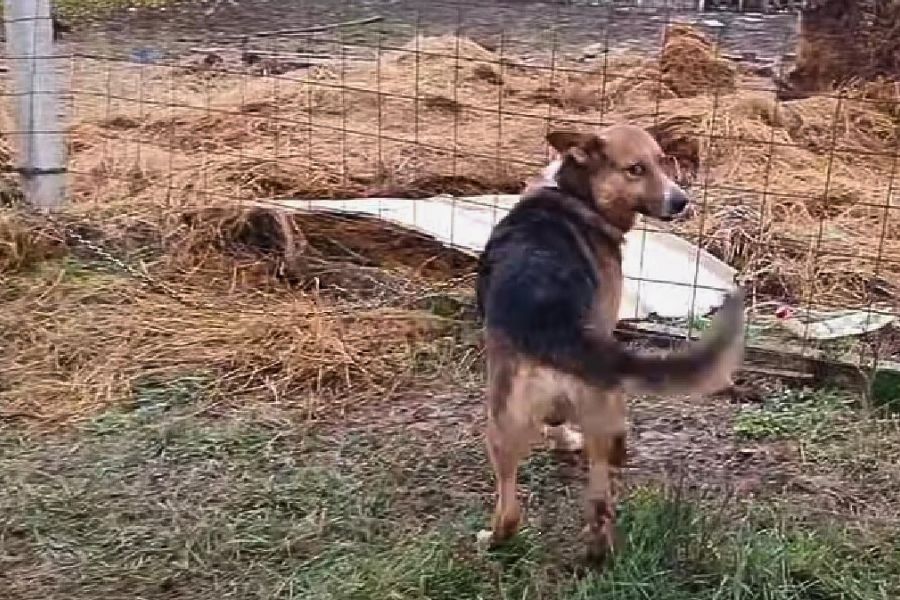
The rescuers did not hesitate to examine every part of this dog’s body, and they eventually found the microchip. It meant that this dog had an owner, and he was only a few miles away from that place – in a neighbouring village.
They immediately went to that location, and in front of the door of the real owner’s house, they were greeted by the loud barking of many dogs.
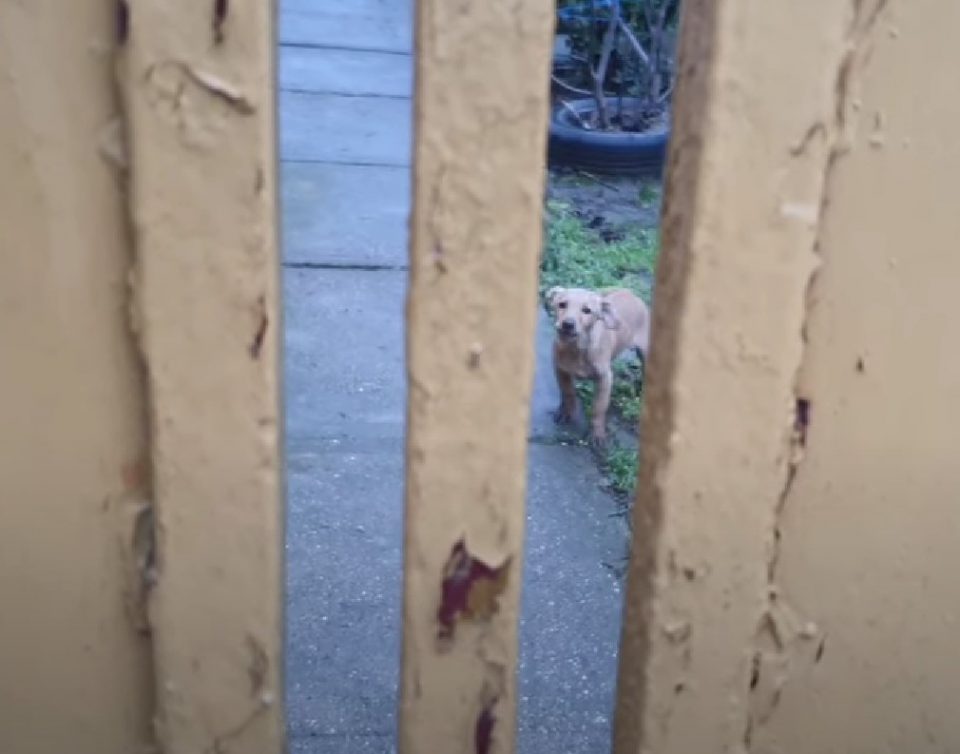
When the owner finally opened the door, they asked him what happened to his dog. He told them that Lupin, as he called the dog, had gone missing two months ago, which matched the story that the other man had told them.
Although they expected that the problem was solved and that the real owner would welcome his lost dog with open arms, his answer disappointed them. Having already taken care of many dogs, he said that he could no longer hold Lupin and asked them to find him a new family.
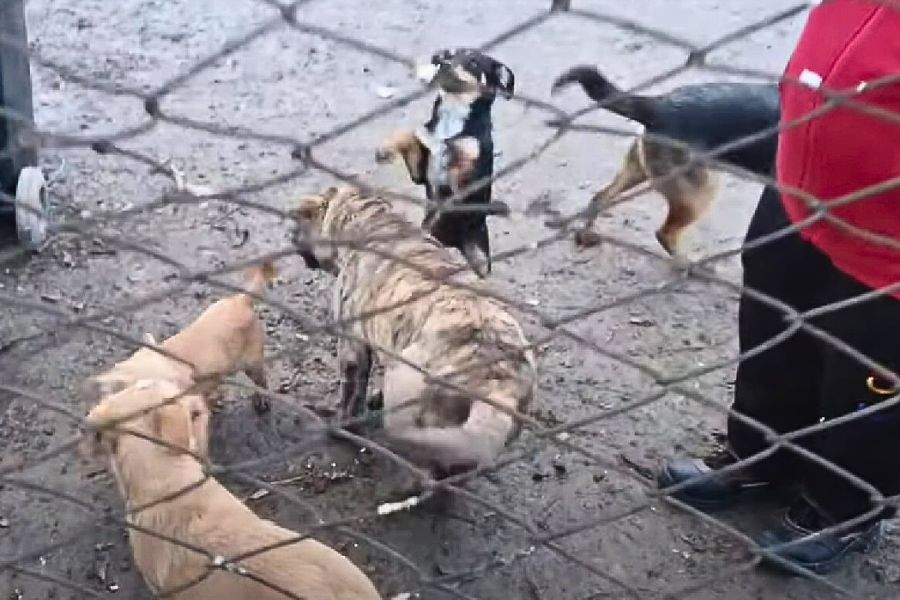
This was so heartbreaking for them because they could see in his eyes that he was sorry. That’s why they had no other choice but to take Lupin with them and do everything in their power to find this good boy a forever home.
Along the way, they did another good deed by bringing several bags of food as well as flea and tick medication to the other dogs who welcomed them so warmly at the entrance to the yard. The pups and their owner were over the moon because of this kind act.

With a heart full of joy and satisfaction, they were now able to return to the rescue premises – this time, with their new canine fellow, Lupin.
New Beginning
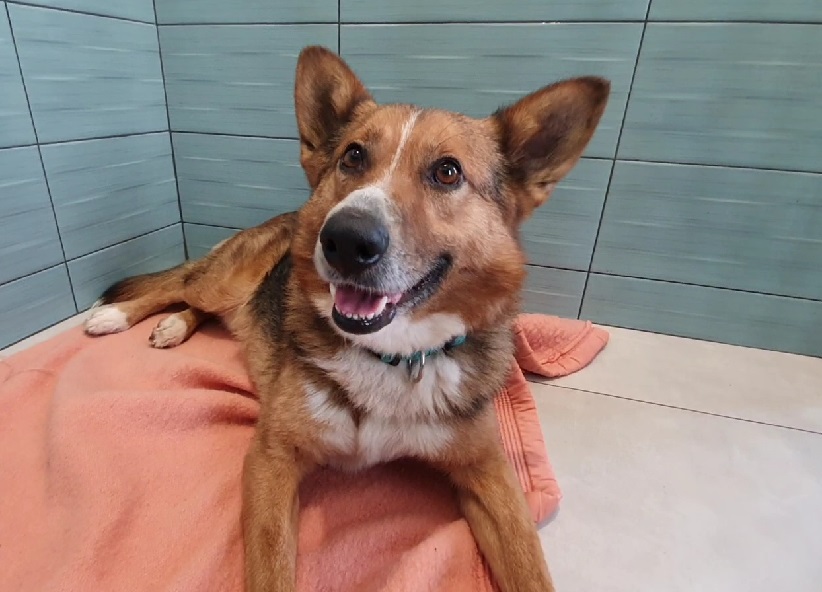
When Lupin arrived, he was overjoyed to finally be free and unchained. However, they immediately saw that he was very hungry, so they prepared a bowl of dog food for him, which he emptied in a matter of seconds.
Every moment of his stay in the shelter, he showed that he was a truly good boy. There wasn’t a bad bone in him. He quickly bonded with his rescuers, was a very loving and cheerful dog, and enjoyed playing with his new toy. Lupin was a real balm for everybody’s soul.
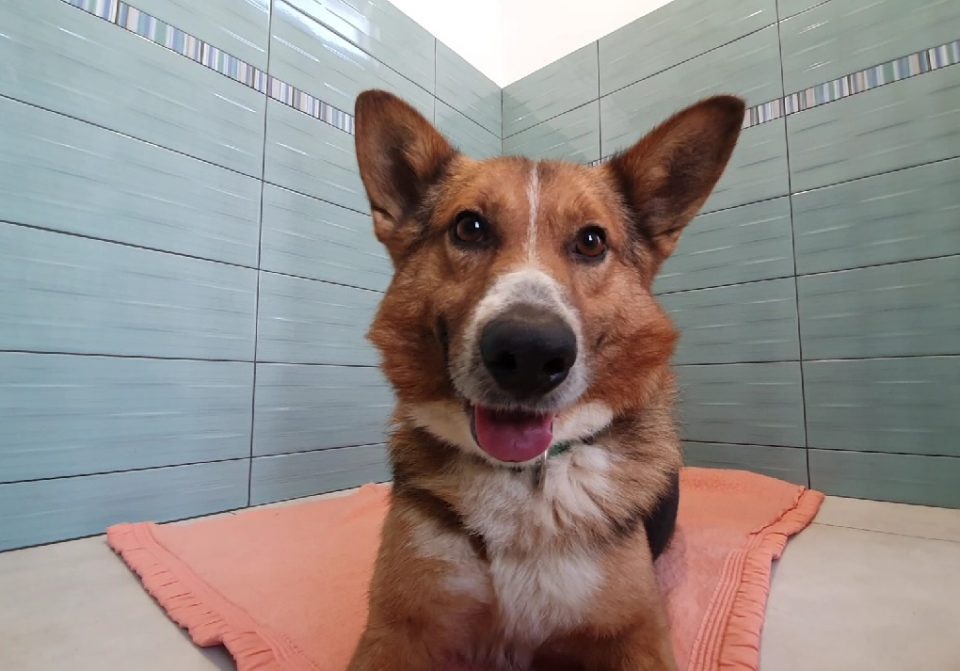
Unfortunately, a shelter is not a long-term solution for any dog, including Lupin. That’s why the people from Howl Of A Dog did their utmost to ensure that this beautiful pup meets his happy ending as soon as possible.
After all the hardships he experienced in the previous two months, this dog deserves nothing less.
So, good luck, Lupin! We all hope and believe that the second part of your life story will be a happy one.
If you’ve noticed your female dog constantly nibbling or chewing on her paws, you’re not alone. This common behavior can leave you wondering what’s going on with your furry friend. As a seasoned dog trainer, I’ve encountered this issue many times, and there are a few reasons why your pup might be exhibiting this behavior. Understanding the underlying causes can help you address the issue effectively and ensure your dog’s paws stay healthy and happy.
When your dog starts gnawing at her paws, it could be a sign of various things, from allergies and skin irritations to anxiety or even boredom. Dogs use their mouths to explore the world, so paw chewing can sometimes be a way for them to cope with different emotions or sensations. By observing your dog’s behavior and considering possible triggers, you can take steps to help her find relief and stop the paw biting habit.
Understanding Paw Biting in Female Dogs
Identifying the Signs and Symptoms
If you notice your female dog excessively biting or gnawing at her paws, it could indicate an underlying issue that needs attention. Signs of paw biting include redness, swelling, sores, or hot spots on the paw pads or in between the toes. Your dog may also limp or favor the affected paw. If you see these symptoms persisting, it’s essential to address the problem promptly.
When to Be Concerned
While occasional paw licking is normal, chronic paw biting in female dogs should raise concerns. If your dog’s paw biting is frequent and intense, leading to hair loss, bleeding, or an inability to walk comfortably, it’s time to consult a veterinarian. Persistent paw biting could be a sign of skin allergies, infections, parasites, or anxiety issues that need professional diagnosis and treatment.
Remember, understanding why your female dog is biting her paws is crucial for her well-being. By identifying signs early and knowing when to seek help, you can ensure your furry friend stays happy and healthy.
Common Causes of Paw Biting
Allergies and Sensitivities
If your female dog is constantly biting her paws, allergies could be the culprit. Just like humans, dogs can have allergic reactions to various things like pollen, certain foods, or even fleas. These allergens can cause itching and discomfort, leading your dog to chew on her paws to find relief.
Parasites and Infections
Parasites like mites or infections such as yeast can also trigger paw biting in female dogs. These tiny intruders can irritate your dog’s skin, prompting her to nibble or bite at her paws. Regular grooming and prevention measures can help keep these parasites at bay and minimize the chances of infections.
Pain and Discomfort
Paw biting could also be a sign that your furry friend is experiencing pain or discomfort in her paws. It’s essential to check for any foreign objects stuck between her toes or inspect for cuts, bruises, or thorns that may be causing her distress. Additionally, arthritis or other underlying health issues could cause pain, leading to paw chewing behavior.
Behavioral Issues
Sometimes, paw biting in female dogs can stem from behavioral issues like anxiety, stress, or boredom. If your dog is feeling anxious or bored, she may resort to chewing her paws as a way to cope with these emotions. Providing mental stimulation, regular exercise, and a comfortable environment can help address these behavioral causes effectively.
Diagnosing the Underlying Issue
Veterinary Examinations and Tests
When your female dog is constantly biting her paws, a visit to the vet is crucial. They can conduct thorough examinations to rule out any medical conditions causing the behavior. Your vet may perform skin tests to identify allergies, check for signs of infections, or even suggest blood work to uncover any underlying health issues contributing to the paw biting.
The Role of Diet and Environment
Diet plays a significant role in your dog’s overall health and behavior. Your vet might recommend changes in your dog’s diet to address potential allergies or sensitivities that could be triggering the paw biting. Additionally, assessing your dog’s environment for any stressors or triggers that could be causing anxiety or boredom is essential. Making adjustments at home to create a more comfortable and stimulating environment can help alleviate paw biting tendencies.
Observing Behavior and Patterns
Closely observing your dog’s behavior and patterns is key to understanding the root cause of paw biting. Keep an eye on when the behavior occurs, any specific triggers, and how your dog reacts in different situations. Monitoring these patterns can provide valuable insights into potential stressors, anxiety triggers, or environmental factors contributing to the paw biting behavior. Take note of any changes in behavior or intensity of paw biting to share with your vet for a more comprehensive evaluation.
Treatment Options for Paw Biting
Medical Treatments for Physical Causes
If your female dog is biting her paws due to physical issues like allergies or skin irritations, the vet may recommend treatments such as medicated shampoos, topical creams, or oral medications. These options can help alleviate the discomfort and address the underlying causes of paw biting.
Behavioral Therapies for Compulsive Behaviors
In cases where paw biting is linked to compulsive behaviors like anxiety or boredom, behavioral therapies can play a crucial role. Your vet might suggest training techniques, interactive toys, or engaging activities to redirect your dog’s focus and provide mental stimulation, reducing the urge to chew on her paws.
Home Remedies and Preventative Measures
Alongside medical treatments and behavioral therapies, there are several home remedies and preventative measures you can implement to support your dog. These include keeping her paws clean and dry, using protective boots, introducing a balanced diet rich in essential nutrients, and creating a stress-free environment to minimize triggers that lead to paw biting.
Remember, it’s essential to consult with your vet to determine the most suitable treatment plan based on your dog’s individual needs. By combining medical interventions, behavioral strategies, and proactive care at home, you can effectively address paw biting in your female dog and ensure her overall well-being.
Managing Your Dog’s Paw Biting Long-Term
Regular Grooming and Paw Care
To help manage your dog’s paw biting in the long run, regular grooming and paw care are vital. Make sure to trim your dog’s nails regularly to prevent overgrowth that can lead to discomfort and paw chewing. Additionally, inspect their paws for any signs of irritation, cuts, or foreign objects that could be causing the behavior.
Dietary Adjustments and Allergy Management
Consider making dietary adjustments to address potential allergies that may be triggering your dog’s paw biting. Consult with your vet to determine if a change in diet could help alleviate allergic reactions leading to paw irritation. Managing allergies can significantly reduce the urge for your dog to chew on their paws.
Creating a Stress-Free Environment
Creating a stress-free environment for your dog can also aid in managing paw biting behavior. Ensure your dog has a safe and comfortable space to retreat to when feeling anxious or overwhelmed. Engage in regular exercise and playtime to help relieve stress and prevent boredom, which are common triggers for paw chewing.
Consulting with your vet is crucial in developing a tailored treatment plan that combines grooming practices, dietary changes, and environmental modifications to address the root causes of your female dog’s paw biting behavior effectively. This holistic approach can help ensure your dog’s well-being and minimize paw-related issues in the long term.
Conclusion
That’s the lowdown on why your female dog might be biting her paws. Remember, it could be allergies, skin issues, anxiety, or just plain boredom. The key is to figure out the root cause and take appropriate action. Treatments like medicated shampoos and training can help, but long-term management is crucial. Keep up with grooming, trim those nails, watch out for irritation, and adjust her diet if needed. Create a stress-free zone for your furry friend and don’t hesitate to seek advice from your vet. By tackling paw biting from all angles, you can ensure your female dog’s happiness and health in the long run.
Frequently Asked Questions
Why do female dogs chew on their paws?
Female dogs may chew on their paws due to allergies, skin irritations, anxiety, or boredom. Identifying the underlying cause is crucial for effective intervention.
What are some treatment options for paw biting in female dogs?
Treatment options include using medicated shampoos, implementing training techniques, regular grooming, nail trimming, checking for paw irritation, dietary adjustments for allergies, and creating a stress-free environment.
How can I manage paw biting behavior in female dogs in the long term?
Long-term management involves consistent grooming practices, regular nail trimming, monitoring for paw irritation, making dietary adjustments for allergies, creating a stress-free environment, and consulting with a vet to develop a tailored treatment plan.
[no_toc]

Hey there, I’m Janet Brooks, a dog-loving student from California. I’m all about helping pups in need, especially those without homes. Me and my awesome friends work together to give shelter and love to stray dogs. Oh, and I also write blogs about dogs to share helpful info.